Prevent problems before they happen.

26 Ways to Avoid Homeowner Headaches and Save Money


Find Your Property Lines
Iron stakes mark property lines in most communities. They’re typically located at corners and places where property lines meet. To get started, request a plot plan from city hall. You may be able to find the stakes by dragging a rake over the suspected location. But more likely, the stakes will be several inches underground. In that case, your best bet is to buy or rent a metal detector (inexpensive ones cost less than $40). When you’ve found your target, dig to make sure that it’s really a stake and not just a lost quarter.
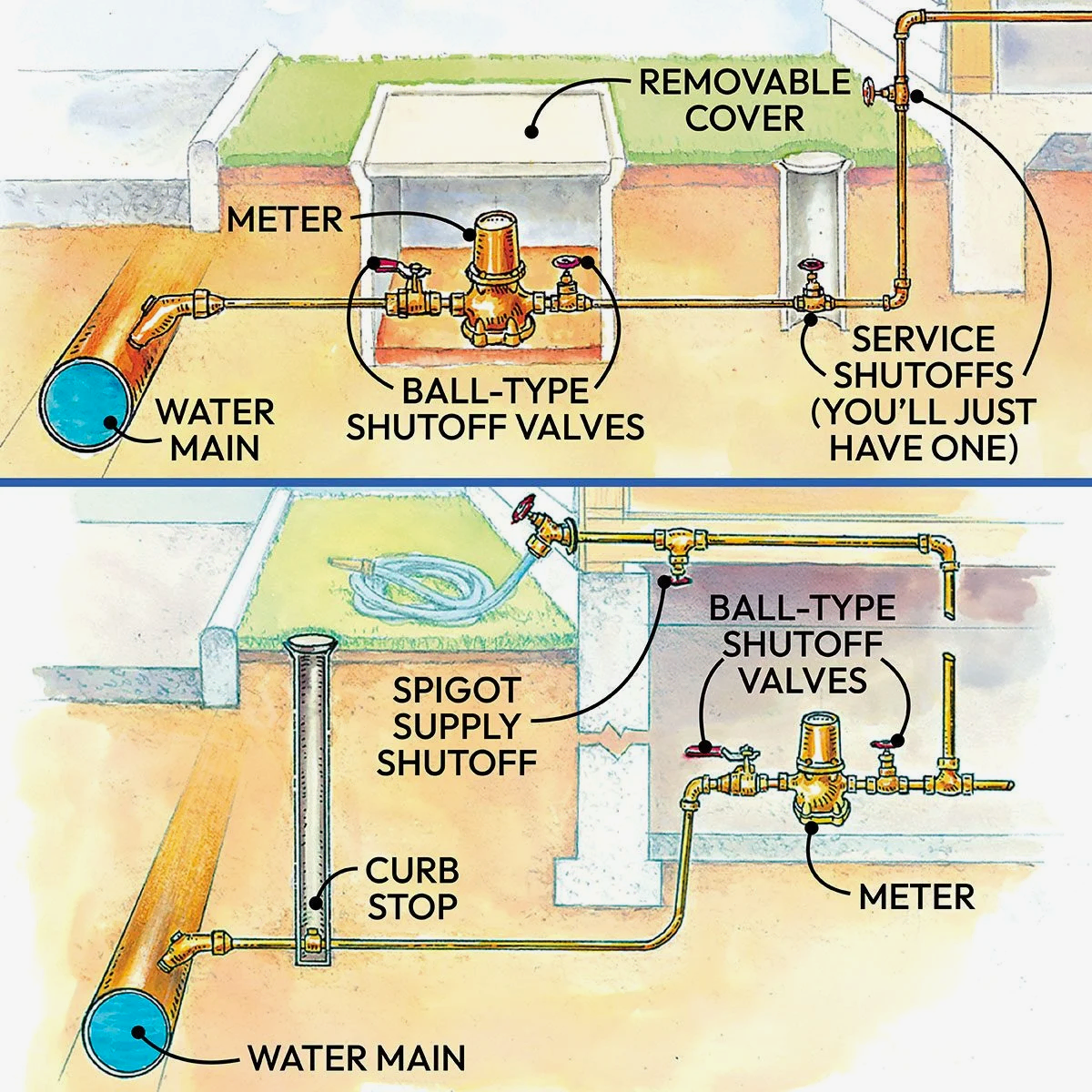
Plumbing: Locate Your Main Water Shutoff Valve
In warm climates, the main water shutoff is typically outside, attached to a wall or underground. In colder climates, the main water shutoff is typically in the utility room or basement, near the water meter. For homes connected to city water supply, there’s also a main shutoff valve outside near the curb and sidewalk under a small cover.

Plumbing: A Leaking Water Heater is a Time Bomb
Water heaters sometimes leak from the drain valve or relief valve. Those valves are easy to replace. But if a leak is coming from the tank, you’ve got serious trouble. The tank is lined with a thin coat of glass. Eventually, that glass begins to crack, the steel begins to rust away and a puddle appears. Left alone, the tank will rupture, causing an instant flood. It may take months for a leak to become a flood, or it may take days. But it will happen. Don’t gamble. Replace that leaking time bomb now.

Plumbing: Adjust Your Water Heater
If you’ve ever taken a vacation without adjusting your water heater, you’ve already lost money on this easy-to-master homeowner skill. While finding the large dial, usually at the base of your water heater, shouldn’t be hard, finding the correct temperature may be. When going away on holidays, turn your water temperature down to avoid the need to maintain the temperature of the whole tank while you’re away. Just don’t forget to turn it back up when you get home.
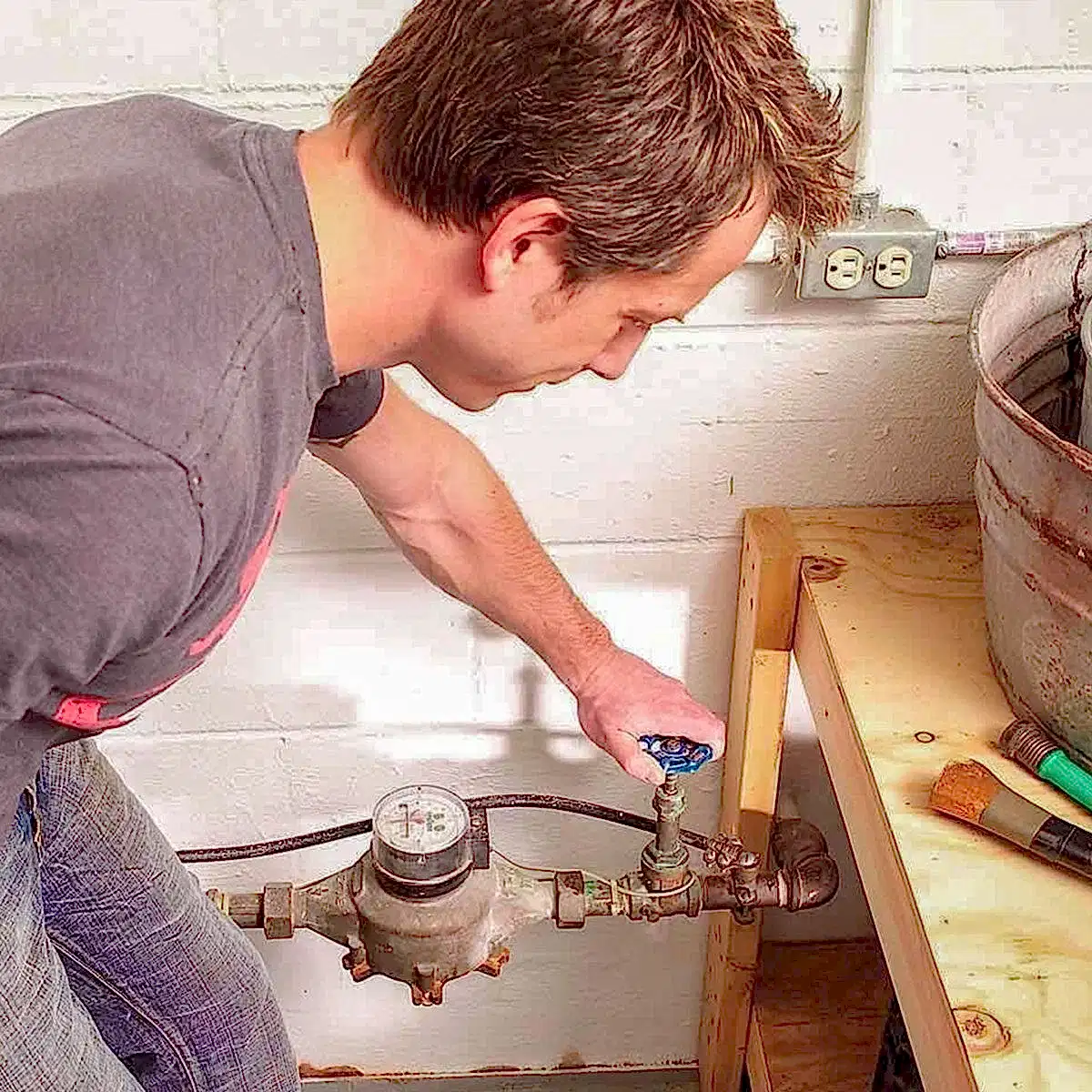
Plumbing: Shut Off the Water Before Vacation
Every insurance adjuster has a hundred stories like this one: The homeowners left town Friday and returned Sunday evening to find thousands of dollars in water damage. The moral of these stories is simple: Before going on vacation, turn off the main water valve. In less than a minute, you can eliminate the most common cause of home damage.
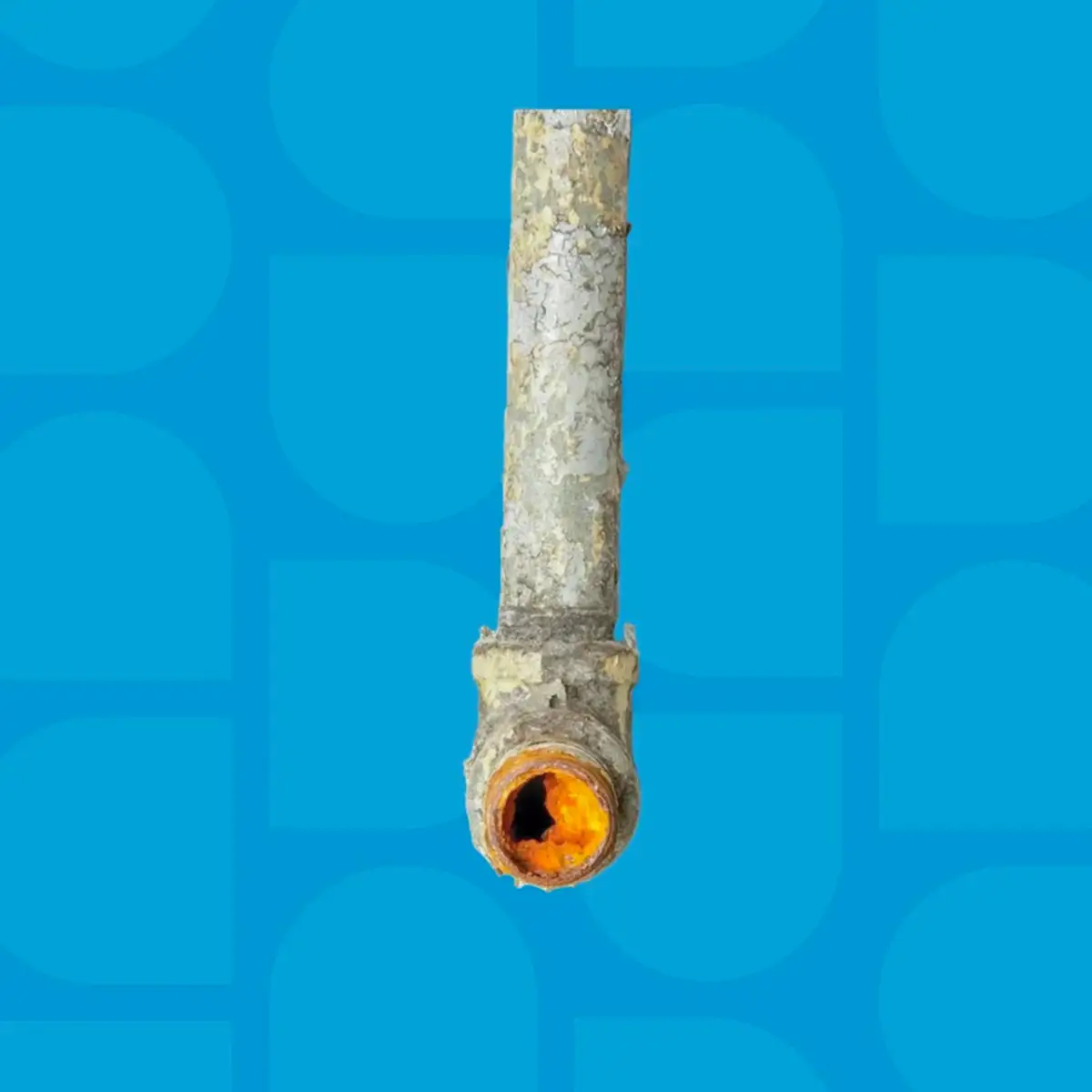
Plumbing: Galvanized Pipes Get Plugged
If you have galvanized steel pipes in your home and low water flow at faucets, chances are the pipes are to blame. Galvanized pipe is prone to mineral buildup, which eventually chokes off the water flow. Complete replacement of the water supply pipes is the best cure, but you can often improve flow a lot just by replacing exposed horizontal sections.

Plumbing: Test the Sump Pump or Risk a Flood
It’s easy to forget about your sump pump, but it’s important to make sure it’s in good working order. If you don’t, you could end up like the homeowner who returned from a weekend trip to discover his entire basement floor covered in 1/2 in. of water. After shutting down the power, he waded over to the sump pump and noticed it wasn’t working. Upon closer inspection, he realized that the cable attached to the float must have gotten tangled somehow. It took him two seconds to untangle the cable, and then he spent the next 15 hours dragging out waterlogged carpet, running the wet/dry vac and moving fans around. To avoid a similar disaster, be sure your pump has a vertical float switch. Also, check your pump at least a couple times a year by dumping water into the basin to make sure everything is working properly.

Plumbing: Don’t Wreck an Outdoor Faucet
Here’s why you end up replacing outdoor faucet washers that have worn out long before they should: When you turn off a frost-proof faucet, water continues to trickle out of the long pipe even after the valve is closed. When people see that water, they often assume the valve didn’t close, so they crank down harder, which overcompresses the washer, greatly reducing its life. Patience is the key. Wait a second or two after closing the valve. The water should eventually stop (unless you’ve already destroyed the washer).
MYTH: Frost-proof faucets cannot freeze.
FACT: Leaving a hose attached throughout the winter could leave water in the line to freeze and cause the faucet to burst. Also, if the faucet slopes slightly toward the house, the long pipe will also hold water that can freeze.
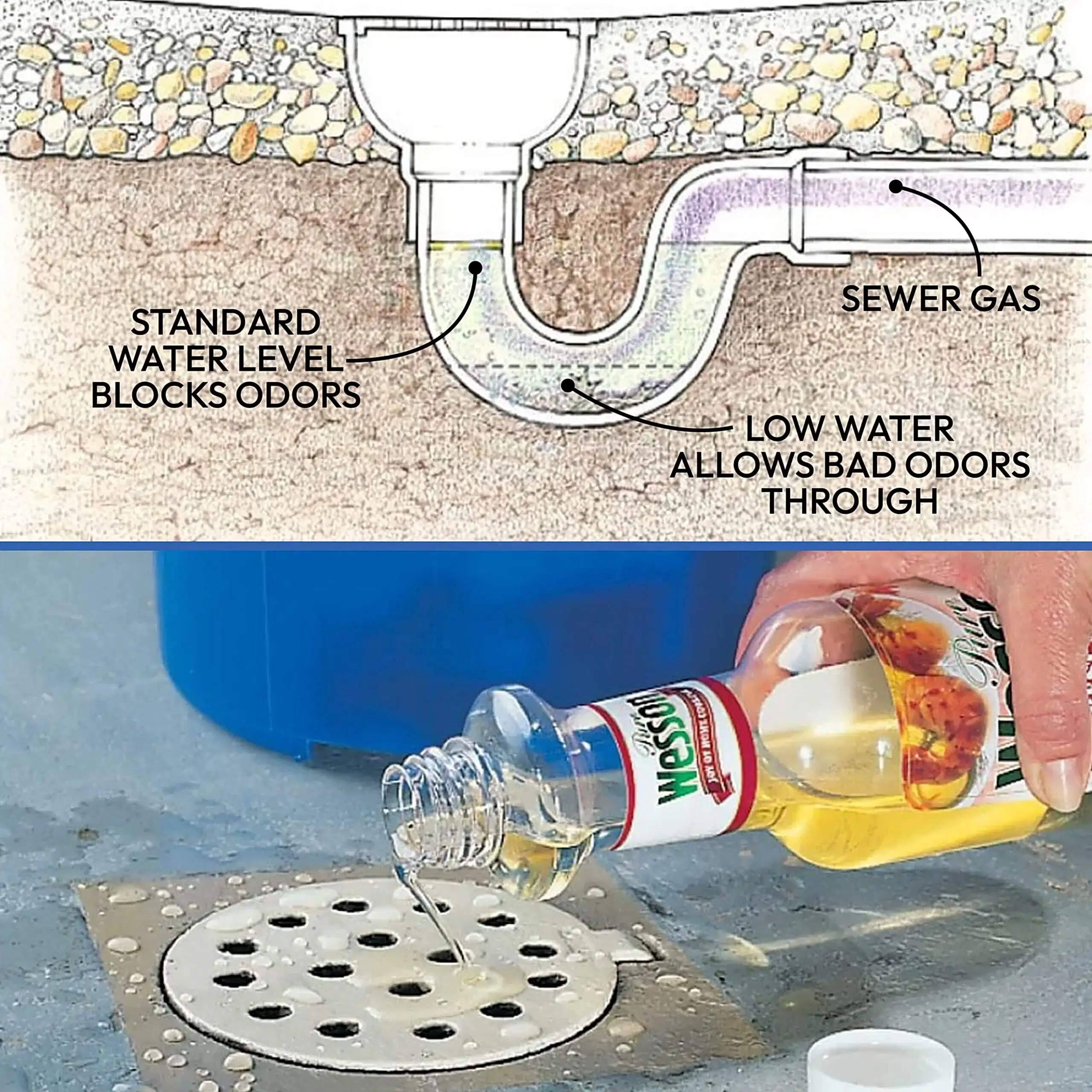
Plumbing: Take Care of Your Drains
The traps in floor drains — or for that matter, any drains that aren’t used often — will eventually dry out. This may sound harmless enough, but a dry trap can cause a room to fill with potentially harmful sewer gas from the septic tank or the city sewer system. Eliminate this problem by adding about a quart of fresh water topped with a couple of tablespoons of cooking oil. The oil floats on top of the water and seals it against evaporation. Your drain will hold water in the trap much longer.
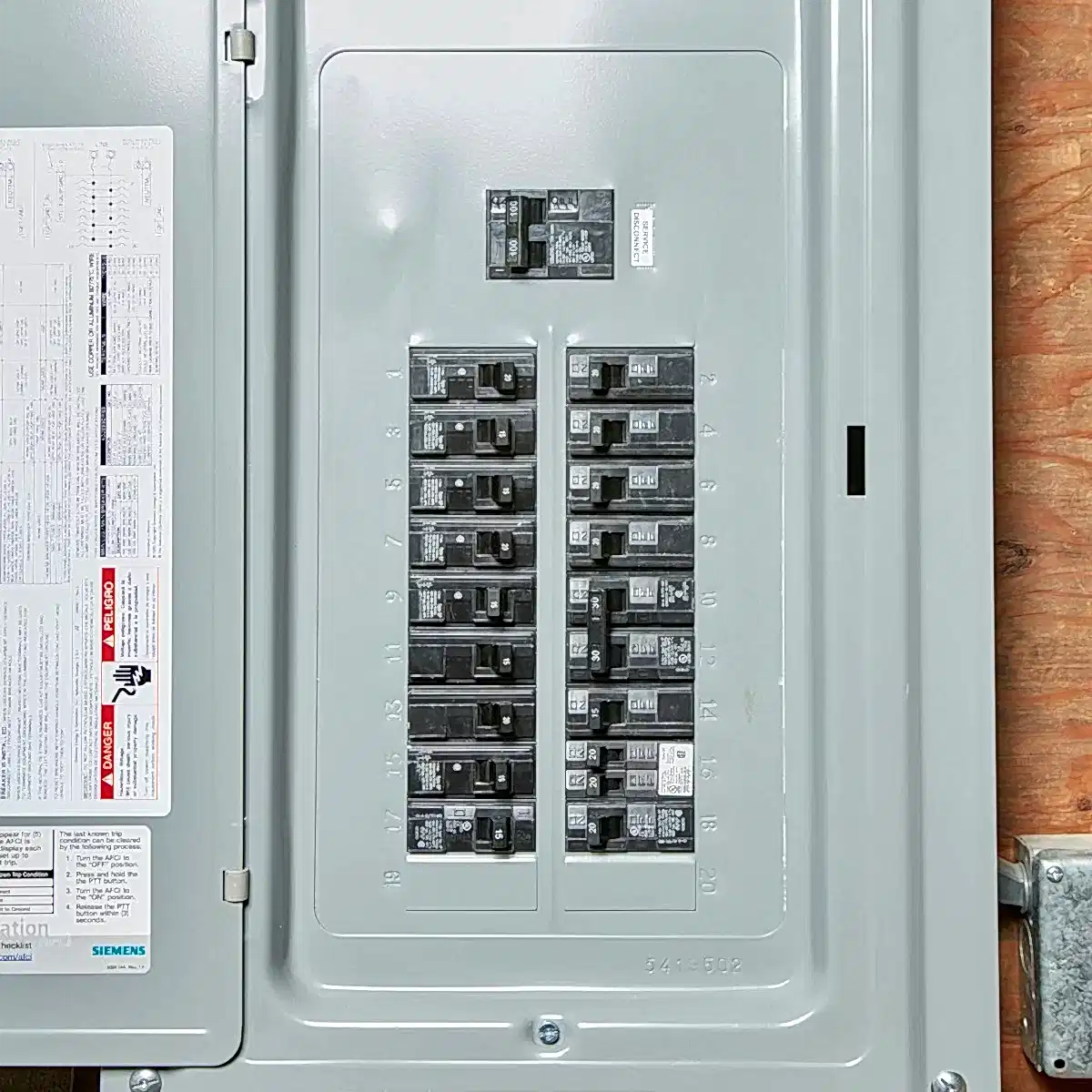
Understand Your Electrical System
Electrical overloads are easily created but can be incredibly dangerous for your home and everyone in it. A solid understanding of how the electrical circuits in your home function will not only make you a master homeowner, it will allow you to make as many DIY improvements as you want while maintaining the integrity of your electrical system.

Electrical System: Don’t Trust Breaker Panel Labels
Inside your main electrical panel, you’ll see labels or lists indicating which breaker controls which circuit. These labels are a reasonably good guide, but they’re not completely reliable, especially in older homes that have been through remodeling projects.
For example, you might find that there’s one outlet in a room that’s not on the same circuit as all the others in that room, yet it’s not listed elsewhere at the panel. That orphan outlet could be connected to almost any other circuit in your home. In some cases, you might even find wires from different circuits in the same junction box. The bottom line: Always use a voltage detector to make sure the power is off before you do any electrical work.

Electrical System: Before You Call an Electrician
Some of the most common electrical problems the pros get calls about are easily fixed yourself. Here are some of the most common complaints electricians receive.
You screwed in a new fuse but still don’t have any power. Are you sure you used the same amperage fuse as the one you replaced? Is the fuse good? Is it screwed in tight?
You checked the circuit breakers, but the outlet still doesn’t work. Some outlets are protected by upstream GFCIs or GFCI circuit breakers. Look in the circuit box for a GFCI circuit breaker and in bathrooms, kitchens and laundry rooms for GFCI outlets. Test and reset them. This may solve your problem.
You replaced the lightbulb but the light fixture still doesn’t work. Are you sure the new bulb is good? Try it in another light fixture and make sure it’s screwed all the way in. “This outlet used to work. Now it’s dead.” Check all the switches in the room. One of them might control the outlet.

Clean and Inspect Gutters
You have to clean gutters once a year, at least. They get clogged with leaves, sticks and other debris, and if you don’t clean them, they get clogged, which leads to water seeping under the roof and into the foundation.
All you have to do is just grab a ladder and take a look to see how much debris they have built up in them. You can even attach a hand mirror to the end of a PVC pipe and cut the pipe at a 60-degree angle so the mirror reflects an inside view of the gutter.
You’ll also want to inspect gutters for damage. Besides checking to see that they’re not clogged and flowing properly, make sure to look for any damaged spots, and check to see that they’re not pulling away from where they’re attached to the roof.
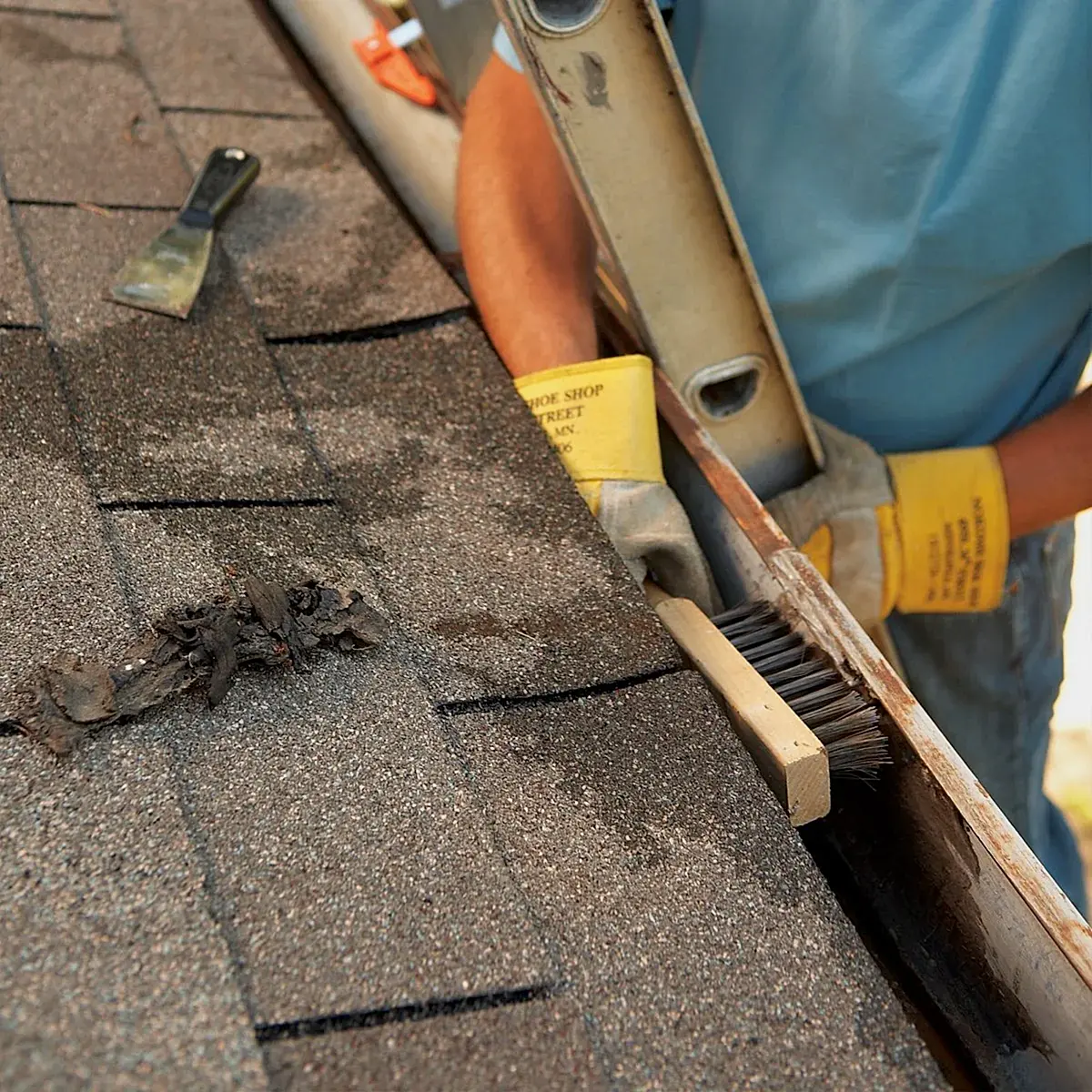
Gutters: Deal with Drainage
Water has the potential to cause problems in any home, and the skills to deal with drainage issues can be a huge money saver in the long run. Extending downspouts is an easy fix, but knowing how to make a drainage plan is going to provide long-term results for minimal effort.

Clean Dryer Vents or Waste Energy and Risk a Fire
A plugged dryer vent will cause your dryer to run inefficiently, and that’s bad. A plugged dryer vent could also cause a house fire, and that could be deadly! Dryers that are centrally located in houses are most prone to plugging because of the longer ducts.
Excess lint is only one reason ducts get clogged; nesting pests and stuck exhaust hood flappers can also cause backups. Stronger odors and longer dry times are two signs your vent is plugged.
To clean the dryer vent, you’ll have to remove it from the back of the dryer. Suck debris from the ducts with a wet/dry vac, or ream them out with a cleaning kit that includes a brush on a long flexible rod that attaches to a power drill. If your ducts need replacing, get smooth metal ducts, which will stay cleaner longer than the rough corrugated surface of flexible ducts. Avoid plastic ducting altogether; it can be a fire hazard.
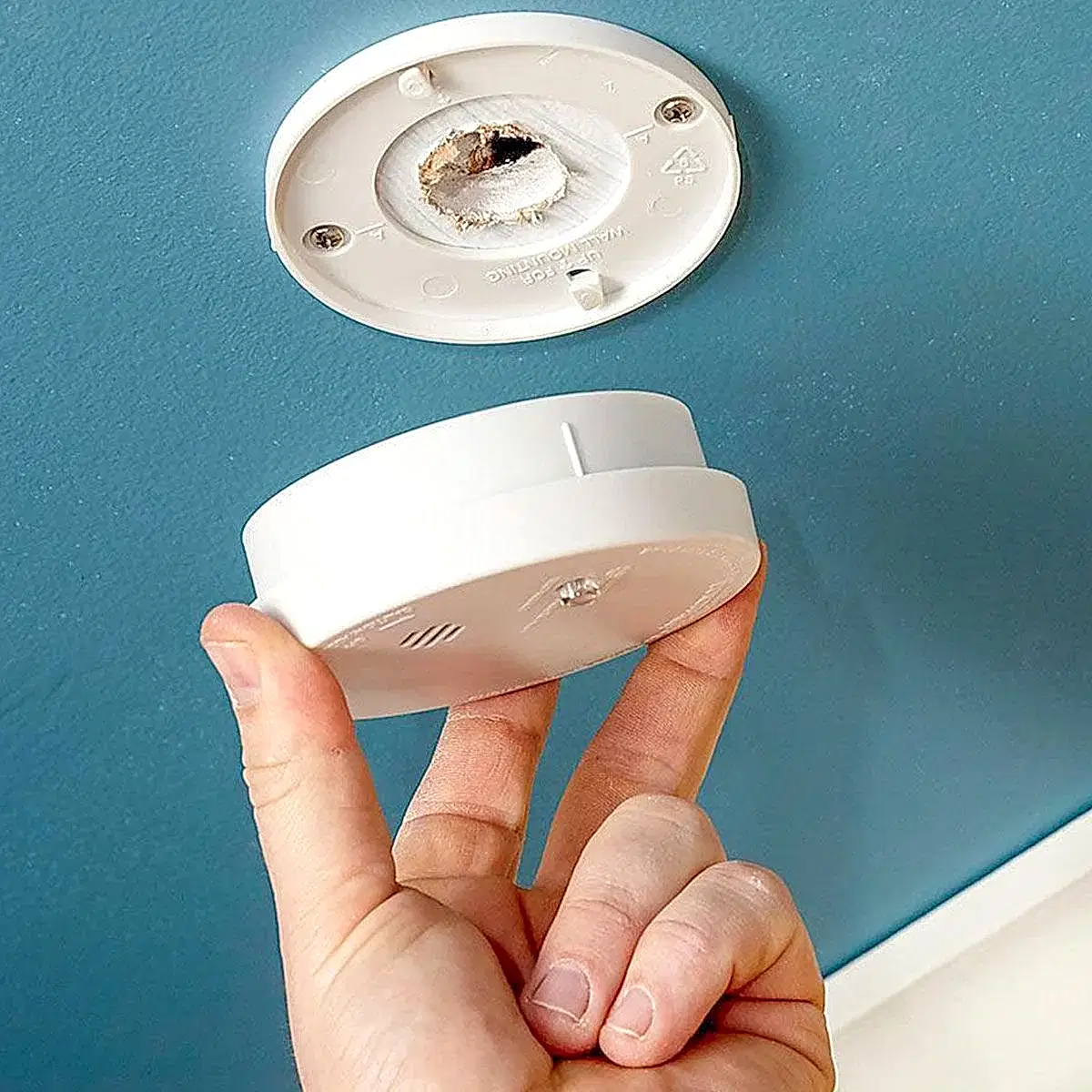
Test and Replace the Batteries in Smoke Detectors
Smoke detectors should be tested monthly, and the batteries should be replaced every year, so it’s a good habit to make this part of your regular spring maintenance routine. Test the batteries by simply pressing the ‘test’ button and making sure the unit chirps. Even if it works, replace the battery (or back-up battery, if your is a hardwired model) and re-test it. If the alarm does not pass the test, replace it immediately.
Smoke detectors have a lifespan of 10 years, so look for a ‘replace by’ sticker or date embossed on the inside of the unit to see if it needs to be replaced, even if it passes the chirp test. If you can’t find a date, replace it anyway immediately. On new detectors, make sure to write the ‘installed’ date on the inside cover on a piece of masking tape.

Ceiling Fans
What size ceiling fan do you need?
Ceiling fans can save energy and money for heating and cooling. A quick rule of thumb for sizing them matches the diameter of the fan with the largest dimension of a room. For 12 ft. or less, use a 36-in. fan. For 12 to 16 ft., use a 48-in. fan. For 16 to 18 ft., use a 52-in. fan. And for dimensions larger than 18 ft., install two fans. Placement of a ceiling fan for adequate air circulation is 7 ft. above the floor with the blades 8 to 10 in. from the ceiling. And to move more air at low speed, a fan with five blades is best. Regarding energy savings, research has proven that ceiling fans can save energy during the cooling season by creating a gentle breeze. You get your savings then by raising your thermostat by a minimum of 2 degrees. This decreases air conditioning energy used by 10 to 15 percent, or 5 to 8 percent per degree.
What direction should you ceiling fan turn?
Ceiling fans should turn clockwise in the colder months, which pushes warm air back down into the room. Most fans have a simple switch that reverses the direction. By reversing your fan (so it runs clockwise) during winter, you pull heat from the ceiling and push it down to the floor for more even heat.
Fix wobbly ceiling fans
Ceiling fans often wobble for reasons other than balance. Although a slight wobble (1/8 in. on high) is normal, anything more than that is annoying and potentially dangerous. Troubleshoot and fix your ceiling fan with this guide.

Change Furnace Filters Every Month
Regular filter replacement is the very best thing you can do to keep your furnace in top condition. And here’s a way to keep track of that task: Buy several filters and label them. With some systems, monthly filter changes are best. Others can go a few months between changes.

Understand Your Insulation
R-value is a measure of the resistance to heat flow, a way of indicating insulation’s ability to stop heat from moving through it. The higher the number, the better. Insulation is labeled by total R-value. Two factors determine that number: the thickness of the insulation and the insulating ability of the material. The fiberglass batts shown here, for example, are all the same thickness but differ in R-value because of their different densities.

Seal Outlets and Ceiling Boxes
The tiny gaps around outlets on exterior walls and ceiling boxes let cold air in (and warm air out). Sealing these areas takes just half a day and will help cut down on drafts (and your heating bill!).

Choose Colors That Work Now And Later
Neutral colors—shades of white, gray or beige—are a wise choice for fixtures, like toilets, tile, tubs and countertops, that are not easy to change. They don’t provide much drama, but you can add pizzazz with paint or simple, inexpensive accents like rugs or pottery. And as trends change, you can update the look without costly remodeling.

Preview a Fence
Will a privacy fence really deliver privacy—or hide your neighbor’s junk collection? Finding out is easy with a big sheet of cardboard. Along with a helper, you can determine the best location and height.

Prevent Dust Build Up By Proper Vacuuming
The right vacuuming technique, combined with the right filters, bags and machine, has a significant impact on how much dust remains in your carpeting. Keep the following tips for how to clean dust in mind:
- Vacuum high-traffic areas twice a week and the rest of the carpeting and large area rugs at least weekly.
- Make numerous slow passes over the same area in all directions (fast passes stir up more dust than is being sucked up).
- Use certified True High-Efficiency Particulate Air (HEPA) filters to remove invisible particles and allergens. Look for the word ‘True” on the label.
- If you have allergies, upgrade to a sealed-body bagged vacuum with an airtight ‘sealed filtration’ system that works together with a True HEPA filter. This means all of the exhaust will exit through the HEPA filter instead of leaking dust back into your house through the machine’s housing. Sealed-body vacuums have rubber seals or gaskets around the lid and filter and will last 10 to 20 years. Brands include Riccar, Miele and Sanitaire.
- Buy high-quality vacuum bags. Inexpensive 2- or 3-ply paper bags leak more dust. Higher-quality cotton-lined paper bags are better, and top-quality synthetic cotton HEPA bags are the best. Bag capacity matters too. Higher-capacity bags capture more, smaller particles that would have otherwise clogged the filter.
- Clean all your bagless vacuum filters regularly and replace them every three months.
- Turn off the agitator brush on hard flooring so you’re not blowing dust into the air.
- Maintain your vacuum: Empty the canister frequently (always outside) and change bags and belts when needed. Keep the agitator brush free of hair and other material, and check the vacuum for cracks and loose hinges and get it serviced every so often to keep it running smoothly.
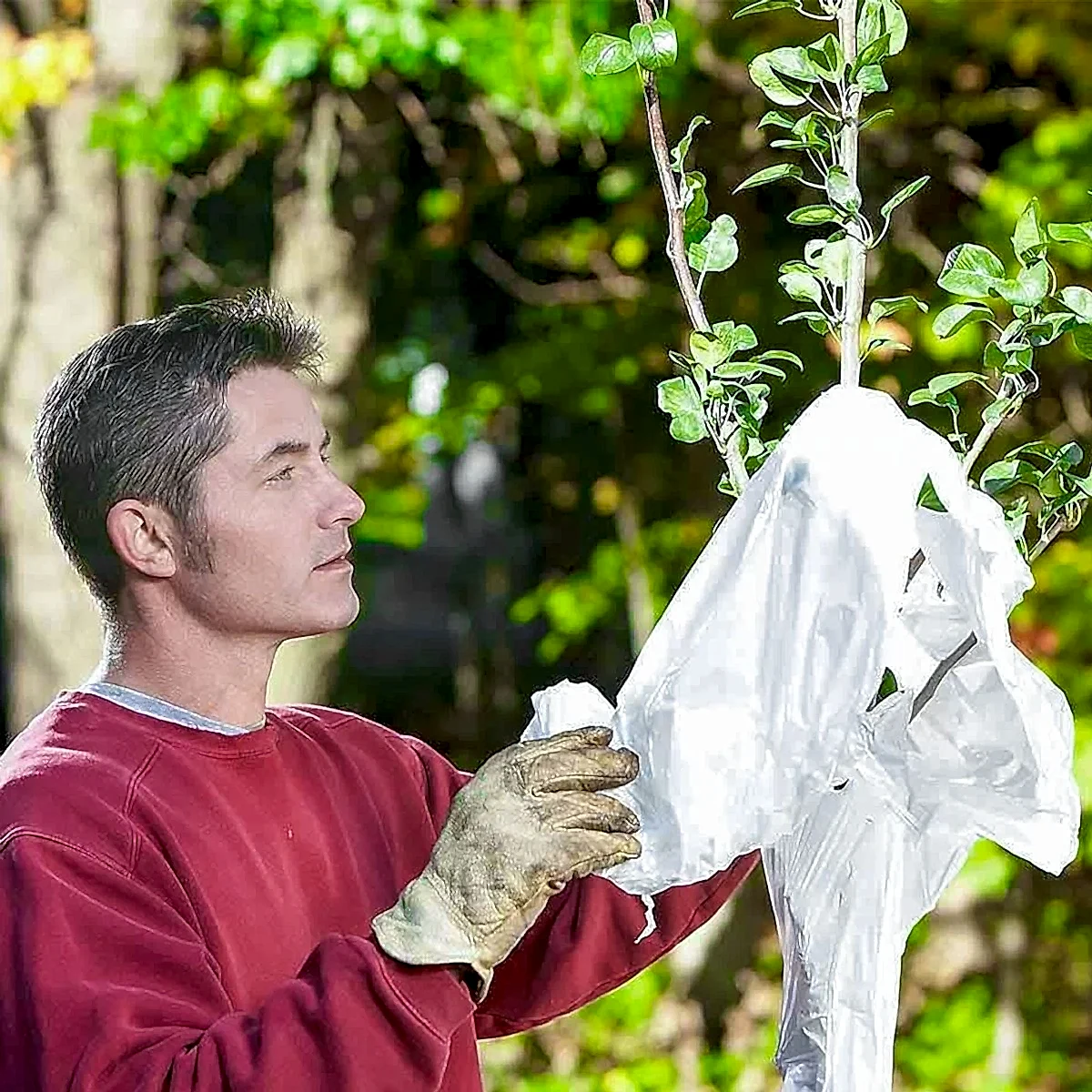
Don’t Plant Problem Trees
You’ll be living with this tree for a long time, so make sure you plant one you won’t grow to detest in a few years. Trees to avoid include cottonwoods, which have invasive root systems, messy mulberries and stinky female ginkgoes. Before you buy a tree, research its benefits and potential negatives so you won’t resent it later on. Contact your local extension service for a list of recommended trees for your area.
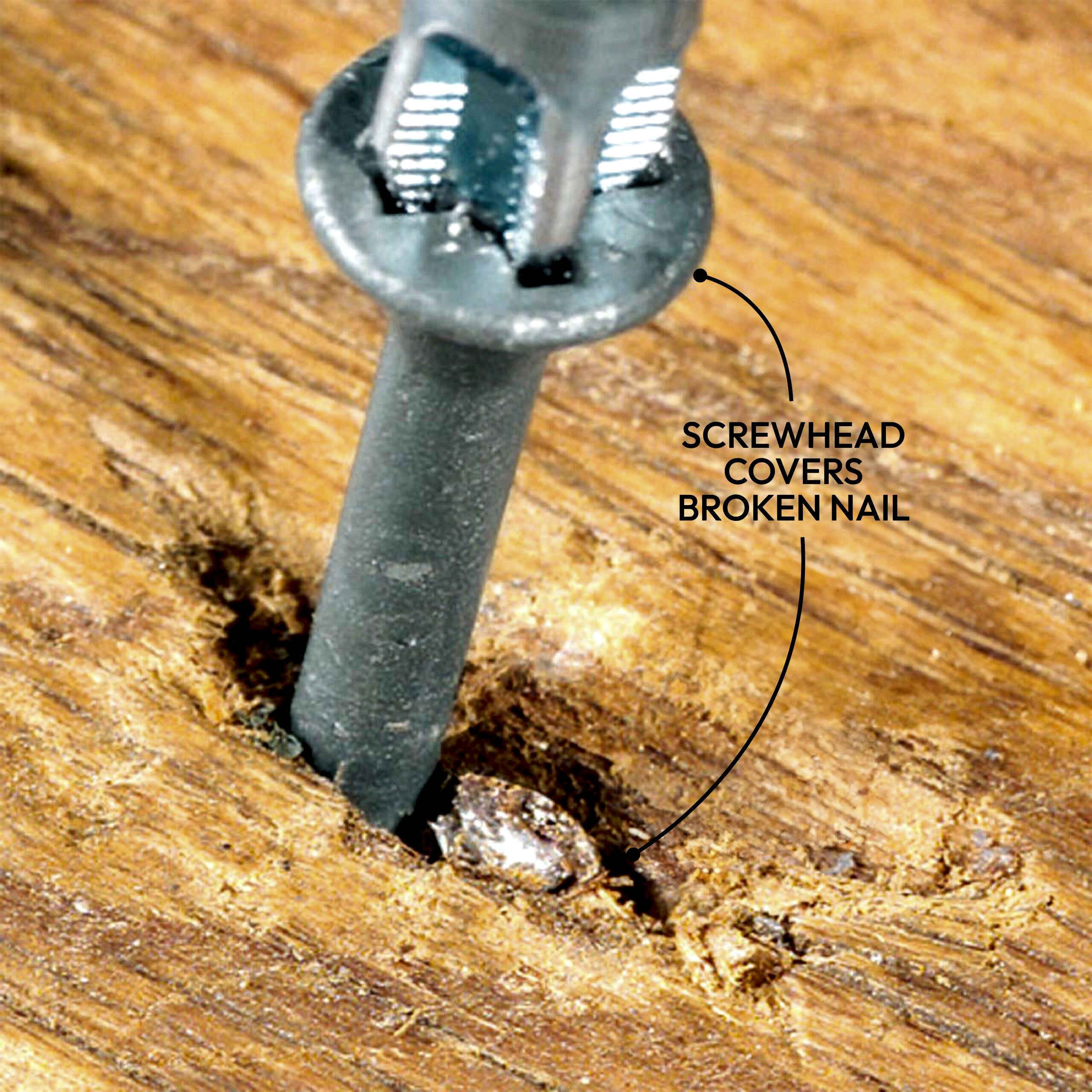
Replace Loose and Popped Nails on Decks
Decking swells and shrinks as it goes through repeated cycles of wet and dry seasons. This frequently causes nails to loosen and pop up above the deck boards. You can drive them down again, but chances are that’s only a short-term solution. They’ll probably pop up again after a few years. The long-term solution is to remove the popped nails and replace them with deck screws.

Take Care of Your Refrigerator
Spend 30 minutes on these simple maintenance steps to keep your fridge running in tip top shape. It’s hard to believe, but a few simple maintenance steps will prevent almost 100 percent of refrigerator breakdowns and eliminate those service calls. Take these steps and you can forget about spoiled food, lost time waiting for repair people and shelling out $70 an hour plus parts for the repair itself. In this story, we’ll show you how to keep your fridge humming and trouble-free. And we’ll also tell you what to check if a problem does occur.
